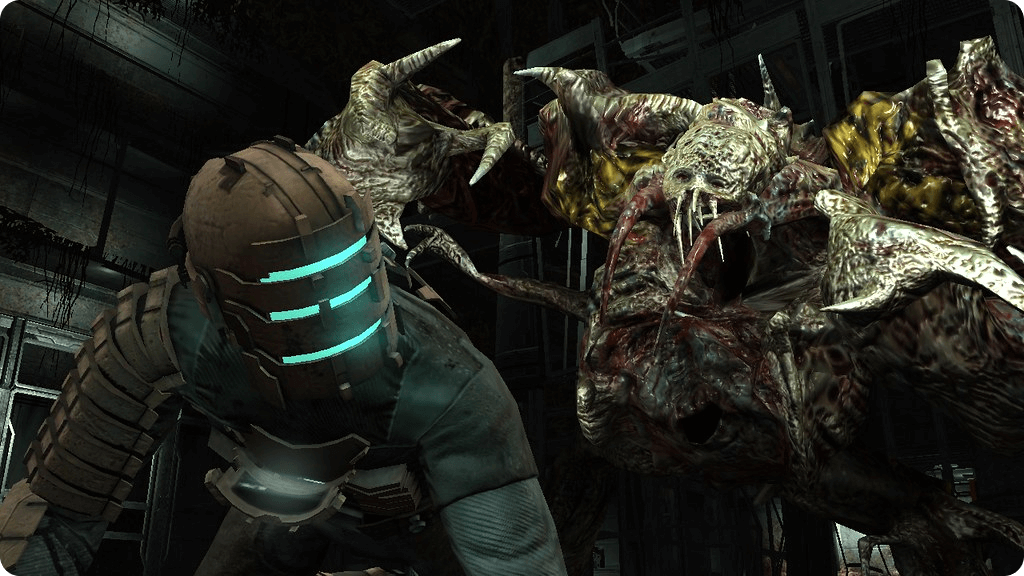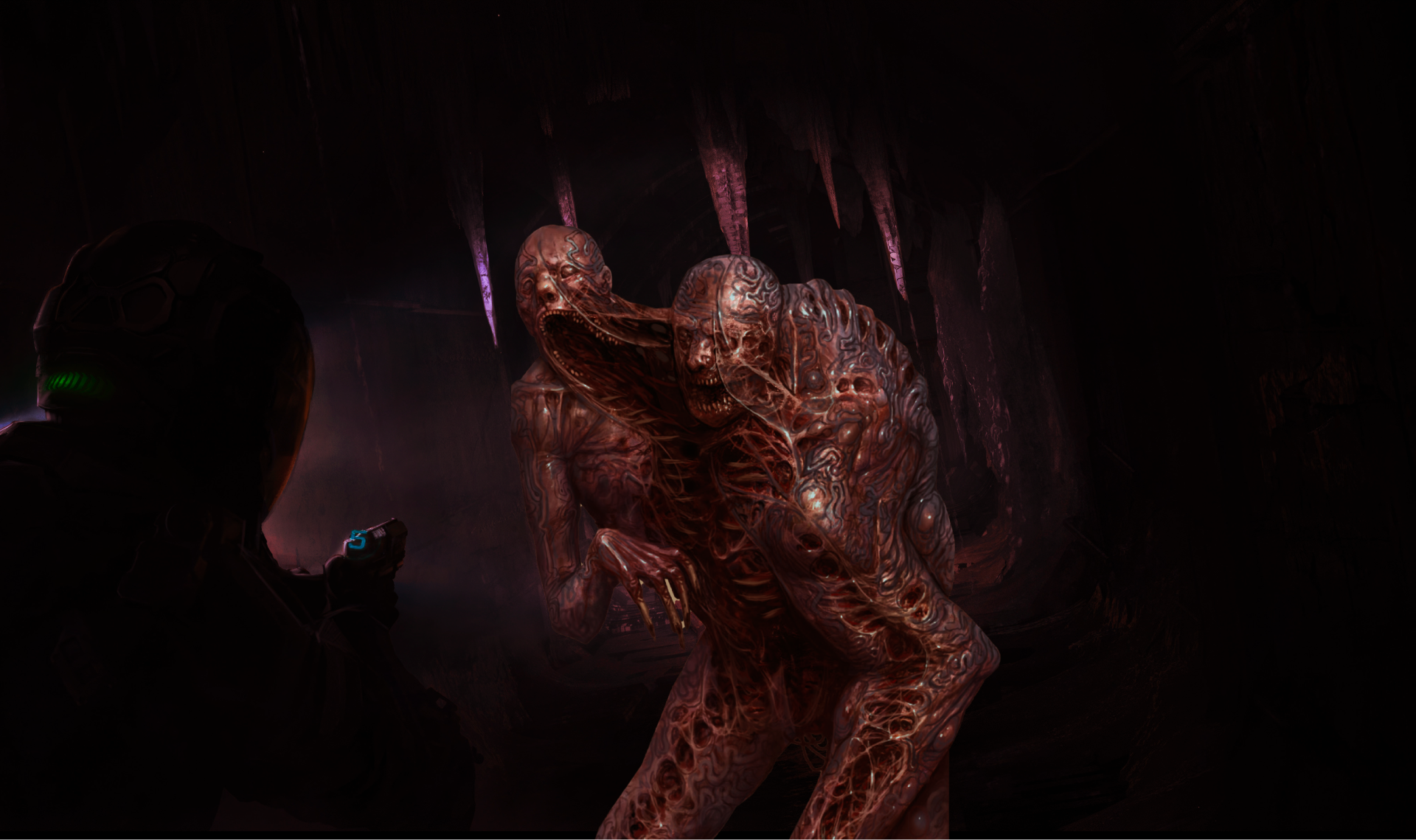Great horror games don’t rely only on jump scares.
The art of horror game design is much more intricate. It’s about creating a feeling that keeps players on edge from the very start, building an atmosphere that feels unsettling and real. It’s not just what players see, it’s what they feel while they’re playing. Be it a flickering light in a dark hallway, a creepy sound in the distance, or even total silence, every little detail is carefully planned to make players feel tense.
So, what makes a great horror game, well… great?
Creating Immersion
A big part of designing horror games is making players feel like they’re inside a believable world. According to Jesse Lee on our latest episode of SpeakEasy, it’s not just about monsters or jump scares—it’s about making the environment, characters, and story so engaging that players forget they’re in a game. What we really want to capture is this believable world where players kind of forget that they’re playing a game and they’re just immersed
For example, in Dead Space, the team added familiar, real-world elements like old-school signage and office environments to ground the futuristic setting in something players could relate to. This helped build a stronger sense of immersion, which is essential in horror games.

The Balance Between Real and Imaginary
Horror creature design is about finding the delicate balance between the real and the imagined. The most terrifying creatures often borrow features from real-world biology, making them feel more plausible and, as a result, more disturbing. In The Callisto Protocol, the creature designs drew inspiration from real medical conditions like hyperdontia, which causes excessive tooth growth. By blending these real-world elements with creative mutations, the resulting creatures felt both grounded and terrifying. We had a common theme for The Callisto Protocol—these creatures came from an infection that broke out, so we referenced real mutations. We wanted something that felt grounded but still terrifying
The idea is to keep the designs within a human realm—creatures should retain enough human characteristics to make the horror feel personal so that the fear isn’t just about facing a monster but confronting something that feels unnervingly close to reality.

Concept Art and Collaboration
Even in horror game design, as Jesse pointed out, is highly collaborative. He emphasized that a lot of the success of The Callisto Protocol came from the close teamwork between artists, designers, and other departments. “We used concept art to put a quick vision to the game, and it was amazing how fast our artists could create mood shots. That allowed us to iterate rapidly,” Jesse explained.
He added, “Some artists are great at fast sketches to get ideas out, while others excel at detailed finishes. Understanding each person’s strengths is key to managing a team and producing quality work.” Collaboration was crucial in refining and improving the ideas throughout the project.
Collaboration between departments, such as game designers, narrative teams, and visual artists, is crucial in ensuring that environments not only look great but also serve the gameplay and story.
Bringing Horror to Life: The Role of Environments
The environments in horror games are just as important as the creatures that inhabit them. These settings need to feel like characters themselves—shaping the player’s experience, mood, and tension. To create an effective horror environment, it’s important to establish a consistent visual language throughout the game. In The Callisto Protocol, for example, the design team used architectural “pillars” to guide their environment creation.
One pillar was inspired by Bauhaus-style architecture, where the mechanical workings of a building are visible on the outside. This mirrored the grotesque, vein-like growths seen in the game’s creatures, creating a cohesive and unsettling aesthetic that tied the environments to the overall horror theme.
Some Tips for Artists!
For concept artists, working quickly and being open to iteration is key to creating effective designs. Quick sketches help get ideas on paper, which can then be refined. Using 3D sculpting tools, such as ZBrush, allows artists to explore different perspectives and poses without being locked into a single view. This method helps designers experiment more freely and refine the creature or environment designs efficiently.
Rapid iteration is another essential practice. Instead of getting stuck on perfecting a design from the start, it’s better to work through ideas quickly, refine them as you go, and build off each iteration. This approach helps avoid creative block and allows teams to improve the final product through constant feedback and collaboration.

Do not jump into details too early! Focus on intricate elements before solidifying the overall concept can lead to wasted effort if the larger picture doesn’t work.
Remember! Start with broad strokes—getting the general feel and direction of the design right—before diving into the specifics.
Horror game design is about more than just scares. For concept artists and designers, Jesse’s advice serves as a roadmap for creating not just terrifying games but memorable ones. As Jesse concluded, The goal is always to create something that resonates with players, something that sticks with them long after they’ve stopped playing
